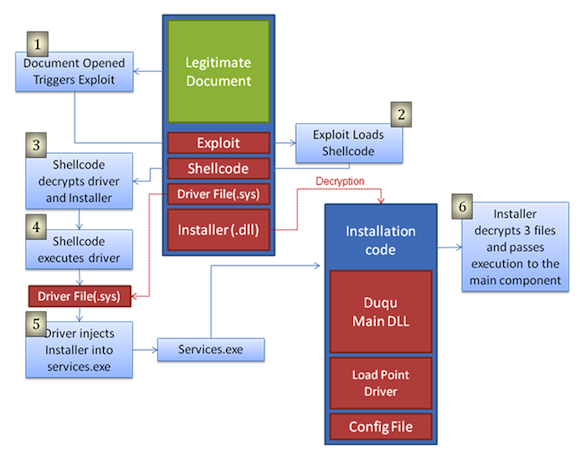Experts: Firms need to come clean about cyber attacks
LCC Businesses need to ‘fess up when they’ve been the victims of cyber attacks, experts at the London Conference on Cyberspace (LCC) said today.
Government and biz bosses said that even though companies didn’t really want to own up to having been breached, they needed to start sharing information with officials to protect critical infrastructures.
Erik Akerboom, president of the Cyber Security Council in the Netherlands, said that his government needed to know about the DigiNotar hack when it happened, not later on.
“We needed information at the time that DigiNotar was hacked; it was hacked in June but we didn’t find out then,” he said.
Digital certificate firm DigiNotar was hacked in June this year and forged Google.com SSL credentials were then used to spy on 300,000 Iranian internet users. The incident was notorious over the summer when it was discovered that the firm’s security was wholly inadequate, and because it took so long for the company to come clean.
DigiNotar only started to revoke certificates in mid-July, and didn’t go public with the security issue until August. The company subsequently filed for bankruptcy, having lost all the trust its business relied upon.
Akerboom said that the Netherlands was considering making it compulsory for firms to inform the government when their networks were attacked, but the government would then keep the information confidential to protect the companies’ business.
Matthew Kirk, group external affairs director at Vodafone, said it would be tough to make businesses disclose attacks without a better trust relationship between companies and governments.
“Our instinct as a company is much more self-regulation rather than compulsory on almost everything. But I think there’s a critical role for government, which is not so much compulsion but creating… trust,” he said.
“I think it needs to be done in an atmosphere where it’s actually in the companies’ interest to disclose,” he added.
Harry van Dorenmalen, chairman of IBM Europe and also a member of the National Security Council in the Netherlands, was more forceful about what should be expected of the private sector.
“I think the private sector in general needs to step up much more than they do,” he said, adding that if businesses found it difficult to go to the government individually, they should consider presenting issues to the government through business groups.
“That’s an appeal to the private sector to step up, be vocal and be connected,” he said. ®
Article source: http://go.theregister.com/feed/www.theregister.co.uk/2011/11/02/business_need_to_confess_cyber_attacks/
